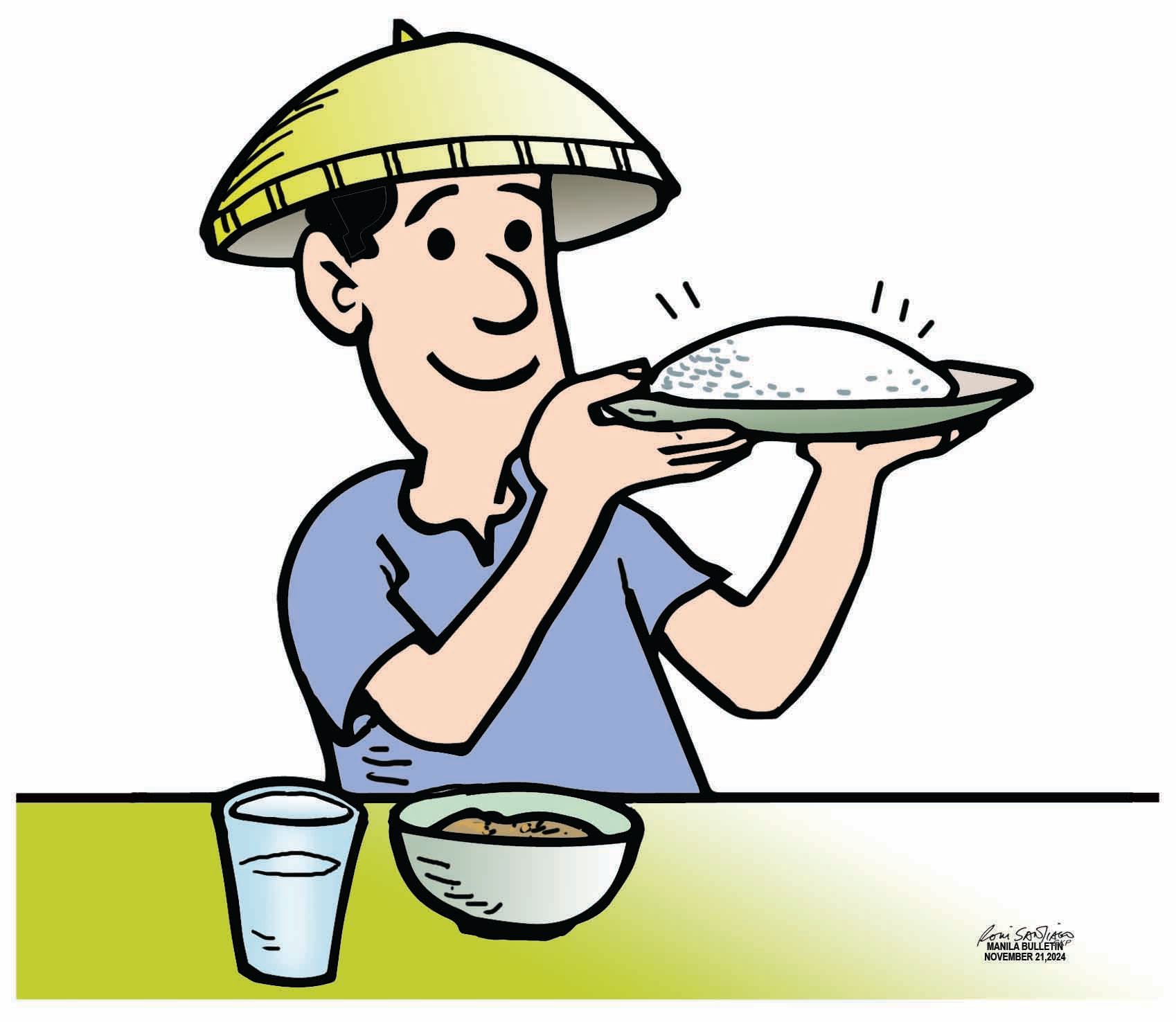
Rice is a staple food in the Filipino diet. It is eaten with every meal, some consuming more of it than others, while a few intentionally regulate their consumption as part of a personal diet. Despite dietary restrictions or financial constraints, a bowl of rice is included in a traditional Filipino meal. Filipinos consume an average of 118 kg. of rice per person annually.
However, growing up with rice has also made many people forget its importance, and the farmers’ important role in working to have that staple coming to our tables.
The amount of rice wasted is significant, it is one of the three items that cause our food waste problem, said a study conducted by the Food and Nutrition Research Institute (FNRI). The same agency said each Filipino wastes an average of three tablespoons, or nine grams of rice daily, which is equivalent to 3.3 kilos per year.
This contributes to climate change. Food waste that ends up in landfills decomposes and releases methane, a greenhouse gas 28 times more potent than carbon dioxide in trapping heat, the Climate Change Commission said.
The country celebrates National Rice Awareness Month every November, pursuant to Proclamation 524 issued in 2004, to spread awareness on the value of rice. To each of us, the celebration is a reminder to be responsible consumers and avoid rice wastage. It is also a time to spread information on the value of consuming local rice varieties which is healthier and will support local farmers.
The celebration’s theme “Be RICEponsible” was designed activities to heighten public awareness on efforts to attain rice self-sufficiency and address malnutrition and poverty.
A significant step to ensure rice sufficiency while avoiding food wastage would be to require restaurants to offer half-rice orders. Several cities around the country have already passed local ordinances on that. But a law that will mandate the half-rice serving in all restaurants around the country will strengthen efforts to cut food waste, promote healthier eating habits, and secure our rice supply.
In 2013, then-senator Ferdinand R. Marcos Jr. filed a bill, “Senate Bill 1863 or the Anti-Rice Wastage Act of 2013” proposing penalties for restaurants that refuse to serve less than one cup of rice per customer. The bill was reintroduced in the House of Representatives last year. Its primary objectives are to minimize food waste, promote balanced and sustainable eating habits, and encourage healthier meal portions for Filipinos.
The month’s activities, led by the Department of Agriculture, will also encourage the consumption of brown rice and other locally produced rice varieties, which will support our farmers. The Philippines has become a big importer of rice.
The health benefits of brown rice are many. “Compared with white rice, brown rice (unpolished rice) is nutritionally superior because its bran layer contains higher amounts of protein, dietary fiber, B vitamins, Vitamin E, minerals, and antioxidants,” a PhilRice information material for the month’s celebration said.
Rice comes to our tables because of the farmers who cultivate a farm for about four months, contending with pests and diseases and bad weather. The average age of the farmer today is 57, indicating that their children have sought other livelihoods outside the farm.
If the next generation of food producers are leaving the farms, who will produce our food?
Being RICEponsible is not only for the consumers but also for government to continue pushing policies to support the farmers, and to conduct information campaigns to encourage healthy eating of rice.